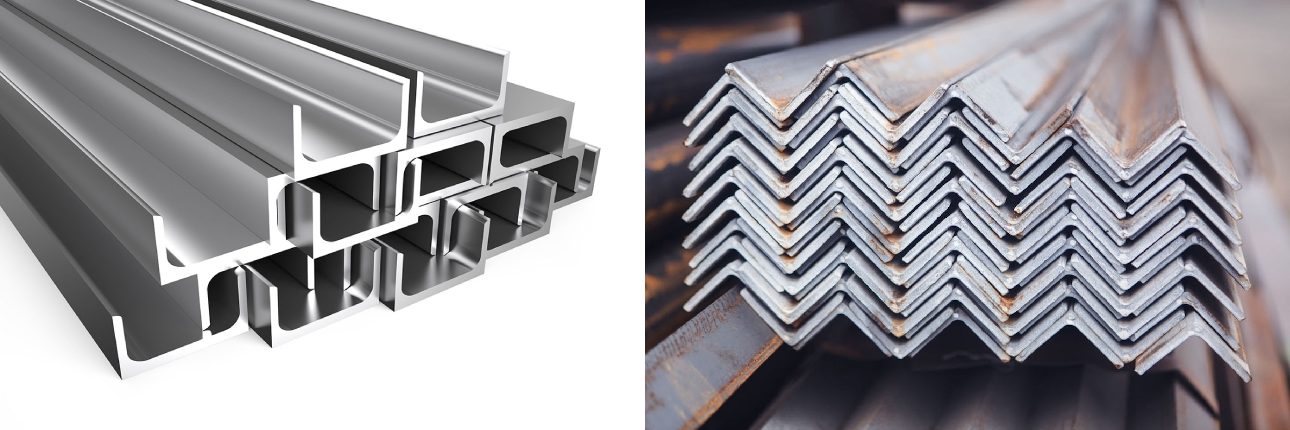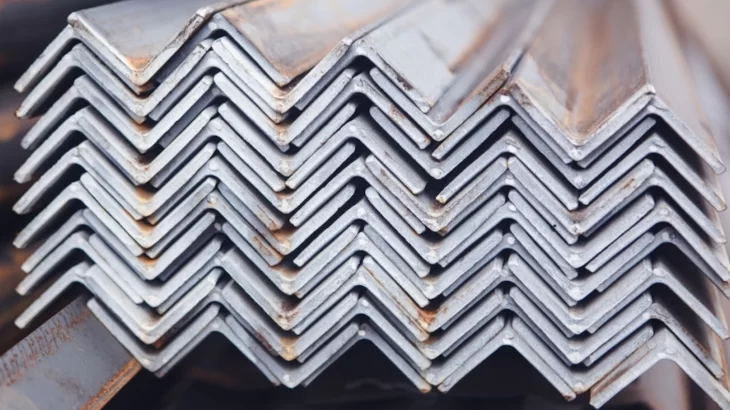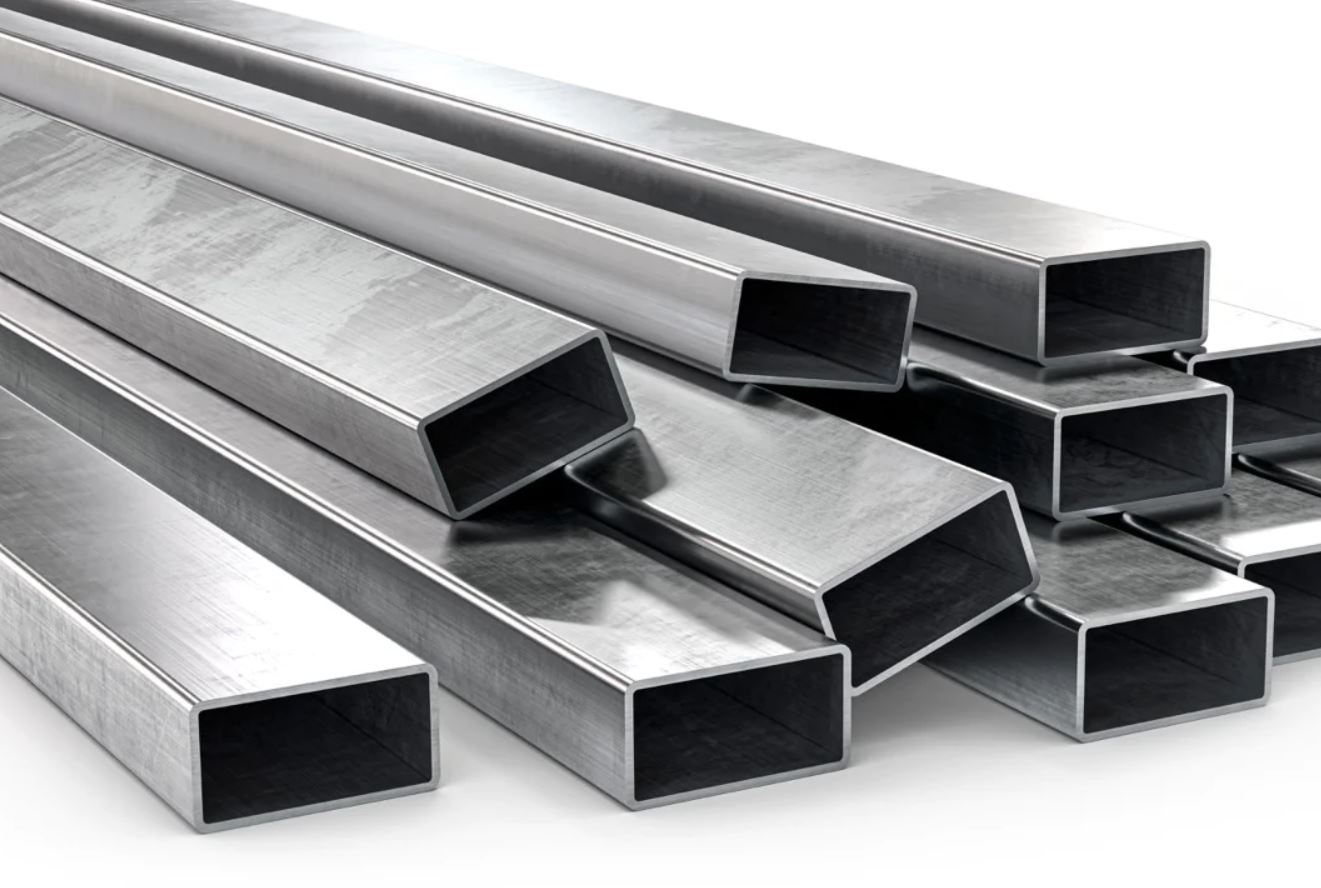
W Section 101: Everything you need to know
Steel is the backbone of the modern construction industry, offering unmatched strength, durability, and versatility. Among the various steel structural components, steel angles and steel channels play pivotal roles in constructing robust frameworks for buildings, bridges, and infrastructure projects. In this blog post, we will explore the characteristics, applications, and advantages of steel angles and steel channels, shedding light on their importance in construction.
Steel Angles: Reinforcing Structural Stability
Steel angles are L-shaped structural elements that provide stability, support, and strength to diverse construction projects. Manufactured from hot-rolled steel or cold-formed steel, these angles possess excellent load-bearing capabilities and structural integrity. Here are some key aspects of steel angles:
Versatile Applications: Steel angles are used extensively in construction for various purposes. They are commonly employed as framework supports, bracings, reinforcements, and corner guards. Whether in high-rise buildings, bridges, or industrial structures, steel angles provide crucial stability and structural reinforcement.
Types and Sizes: Steel angles come in different sizes and thicknesses to accommodate specific construction requirements. Commonly available types include equal leg angles (L-shaped with equal sides) and unequal leg angles (L-shaped with unequal sides). The selection of the appropriate angle size depends on factors such as load-bearing capacity and structural design.
Structural Advantages: Steel angles offer several advantages that contribute to their popularity in construction projects. They possess exceptional strength-to-weight ratios, allowing for lighter yet robust structures. Additionally, the malleability of steel enables easy fabrication and customization, making steel angles adaptable to various design specifications.
Steel Channels: Supporting Structural Frameworks
Steel channels, also known as C-channels, are U-shaped steel components widely used in construction for their structural support capabilities. These channels are commonly manufactured through hot-rolling techniques, ensuring high quality and uniformity. Consider the following aspects of steel channels:
Load-Bearing Capacity: Steel channels excel in providing significant load-bearing support in construction projects. Their design allows for efficient distribution of weight, making them ideal for beams, columns, and support frameworks. Steel channels offer stability, reducing the risk of structural failure.
Diverse Applications: Steel channels find applications across various construction sectors. They are extensively used in building frames, bridges, infrastructure projects, and industrial structures. Whether for vertical or horizontal supports, steel channels contribute to the overall structural integrity and longevity of a construction project.
Customization and Efficiency: Steel channels offer excellent fabrication and customization capabilities, ensuring efficient integration into diverse construction designs. Their uniform dimensions and standardized profiles facilitate ease of installation, saving time and effort during the construction process.
Advantages and Benefits
Strength and Durability: Steel is renowned for its exceptional strength and durability, making steel angles and channels highly reliable structural components. They can withstand heavy loads, adverse weather conditions, and other environmental factors, ensuring the longevity and safety of construction projects.
Design Flexibility: Steel angles and channels offer design flexibility, enabling architects and engineers to create innovative and aesthetically pleasing structures. Their adaptability to various construction requirements allows for customized designs while maintaining structural stability.
Cost Efficiency: Steel angles and channels are cost-effective solutions in construction due to their long lifespan and minimal maintenance requirements. Their durability and resistance to degradation reduce the need for frequent repairs or replacements, resulting in long-term cost savings.
Steel angles and steel channels are indispensable components in the construction industry, providing structural stability, support, and strength to buildings, bridges, and infrastructure projects. With their versatile applications, excellent load-bearing capabilities, and design flexibility, these steel elements contribute to the durability, safety, and aesthetic appeal of modern structures. As the construction industry continues to evolve, steel angles and channels will remain essential tools for architects, engineers, and builders, ensuring the construction of robust and enduring frameworks.






Leave a Reply
You must be logged in to post a comment.